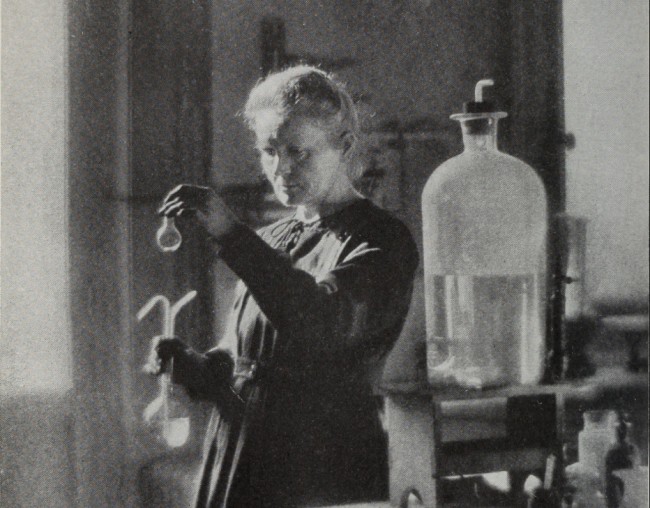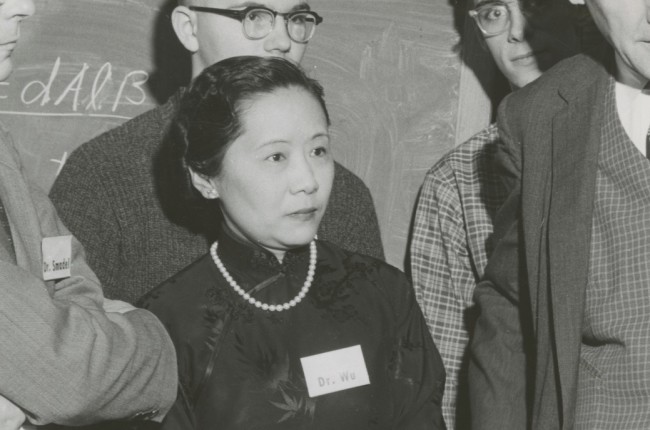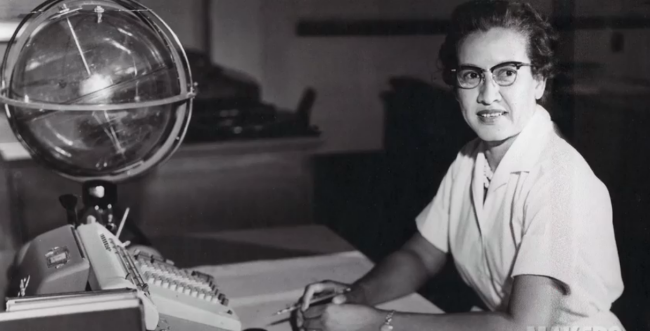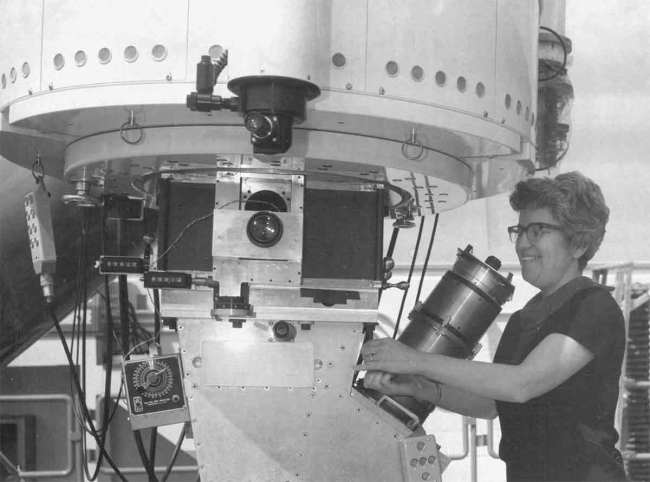Mar. 09, 2020 20:14 GMT
Alber Einstein, Issac Newton or other great researchers are the best-known scientists who probably come to mind for their achievements and their truly remarkable discoveries.
However, women have always played a secondary role in science, their achievements and research not being well recognized due to exclusion by society, exclusion and difficult access to formal education. It is only recently that women scientists have emerged from the shadows of history.
In recognition of International Women’s Day, 8 March, we highlight some of the women who broke the boundaries of science, the stereotypes, and whose names must also be remembered.
Ada Lovelace, Mathematician
Dec. 10, 1815-Nov. 27, 1852
Lovelace is regarded as the first computer programmer long before modern computers were invented. Her notes on Charles Babbage’s proposed analytical engine (a programmable, general-purpose computer), is considered to be the very first computer algorithm.

Marie Curie, Physicist and Chemist
Nov. 7, 1867-July 4, 1934
Chief among Curie’s many achievements include discovering radioactivity and inventing a mobile X-ray unit that was employed during World War I. With her husband, Pierre, Curie also discovered the radioactive elements polonium and radium and developed techniques for isolating radioactive isotopes. In 1903, Curie became the first woman to win a Nobel Prize. After her first win in physics, she later earned an award in chemistry making her the first person to have been awarded twice.

Janaki Ammal, Botanist
Nov. 4, 1897-Feb. 7, 1984
As India’s first female plant scientist, Ammal developed several hybrid species still grown today. She also advocated for protecting the biodiversity of India

Chien-Shiung Wu, Physicist
May 31, 1912-Feb. 16, 1997
Wu was the first scientist to confirm and later refine Enrico Fermi’s theory of radioactive beta decay. She is also known for her “Wu experiment,” which overturned the theory of parity in physics. This breakthrough led to a Nobel Prize that was awarded to her male colleagues, with Wu’s critical role in the work overlooked.

Katherine Johnson, Mathematician
Aug. 26, 1918-Feb. 24, 2020
Johnson’s calculations of orbital mechanics as a NASA employee were critical to sending the first Americans into space. She became famous when her story was profiled in the movie Hidden Figures.

Rosalind Franklin, Chemist
July 25, 1920-April 16, 1958
Franklin is known for her revolutionary work in discovering the double helix structure of DNA. She passed away four years before her male colleagues were awarded with the Nobel Prize in 1962. Some believe that even if Franklin had lived, she likely would have been snubbed by the committee.

Vera Rubin, Astronomer
July 23, 1928-Dec. 25, 2016
Rubin discovered the existence of dark matter, the strange glue that holds our universe together. Her contribution is regarded as one of the most significant discoveries of the 20th century work many feel should have been awarded a Nobel Prize.

More information here

